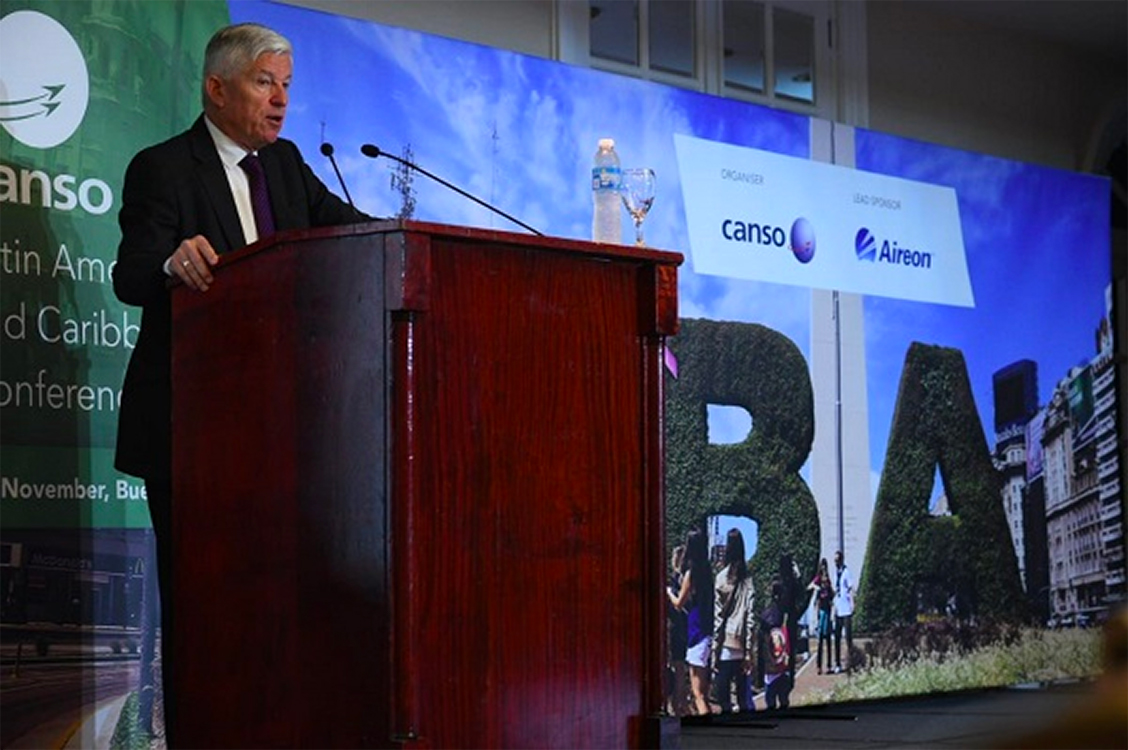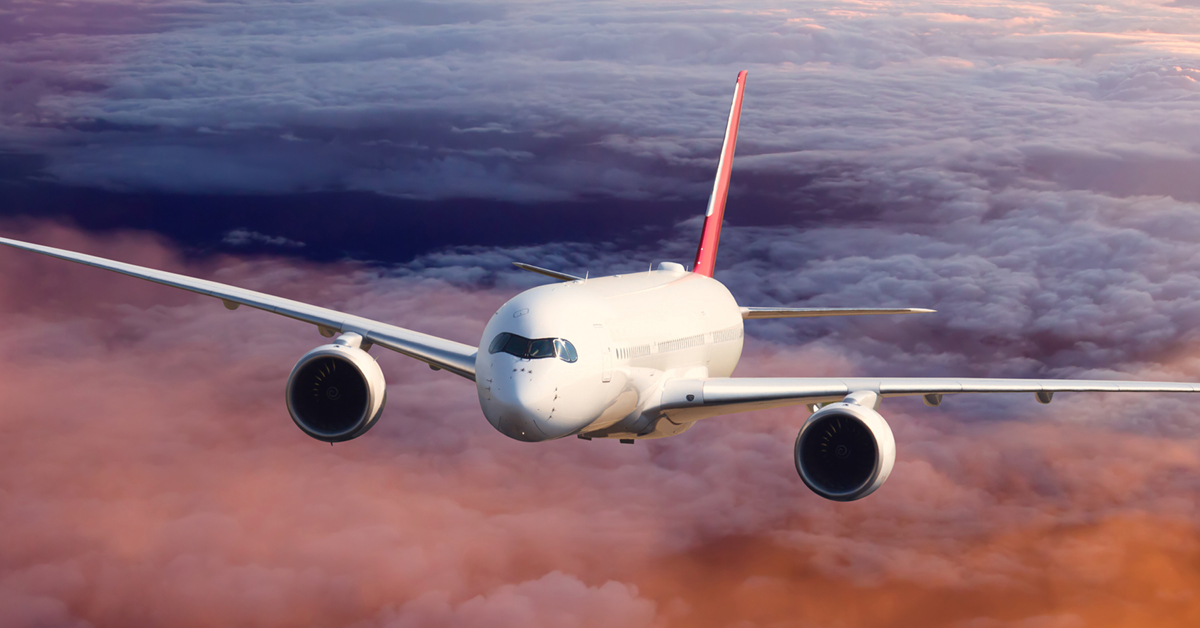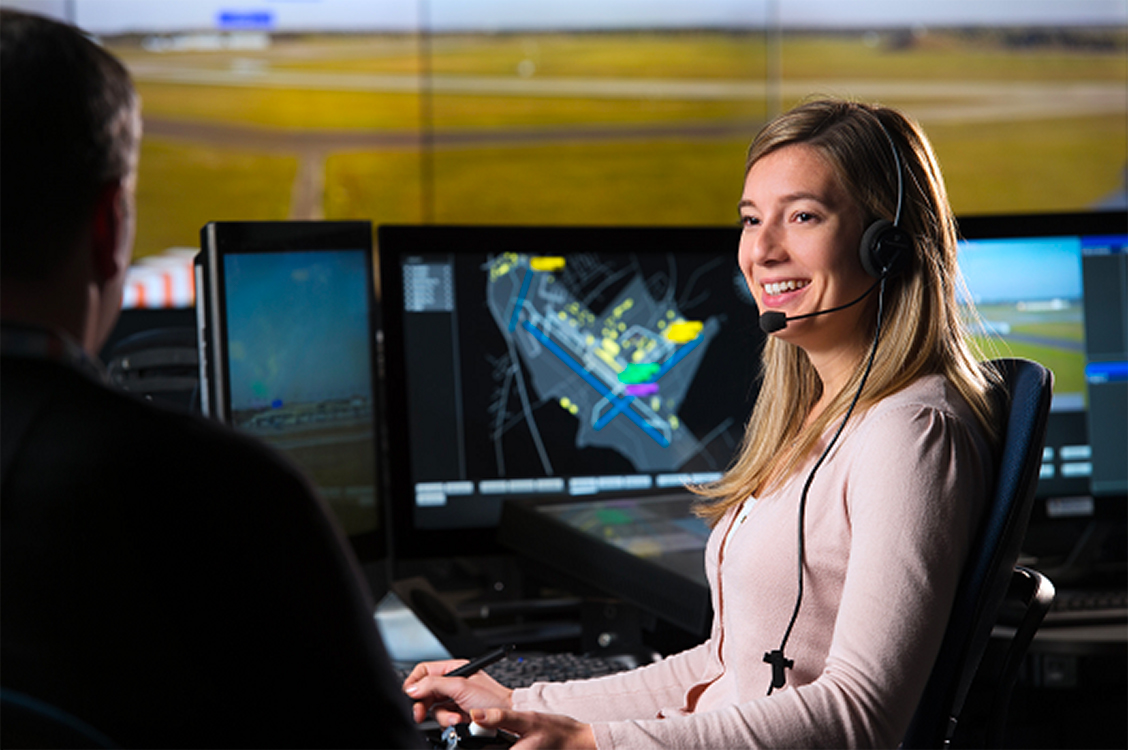Emerging technologies for future skies
A new CANSO whitepaper series is set to examine the new and emerging technologies that will shape our world.

New and emerging technologies are essential in meeting the needs of our future skies. They will not only deliver operational efficiencies and safety enhancements but also help accommodate increasingly diverse airspace users and boost the sustainability of aviation.
But the industry must learn to harness innovation if it is to reap the potential of these technologies.
A group of aviation industry thought leaders and technology experts has come together under the guidance of CANSO to examine new and emerging technologies. Together, they are sharing their thinking through an exclusive series of whitepapers on breakthrough technologies and the role they will play in the transformation of our industry.
The whitepapers will cut through the hype around new technologies, and showcase what they are, what they do and the role they should play in aviation’s future.
The key topics being examined are artificial intelligence (AI), system wide information management (SWIM), space-based CNS, blockchain, airborne capabilities, virtualisation, and new concepts stemming from UTM.
Perfecting human-machine collaboration
Artificial intelligence is the focus of the first whitepaper in the series.
“The workgroup looked at what technologies would have an impact on air traffic management – and AI is clearly one of those,” said Patrick Souchu, DSNA Director of SESAR Programmes and Chair of the CANSO Strategic Technology Workgroup that’s overseeing the whitepaper series. “Applications based on AI are coming to the fore, but we don’t know yet how far the technology will develop at this stage.”
AI is a broad term that has evolved over time since the technology first came on the scene in the 1950s. It is the recent advent of a “tsunami of data” – as Béatrice Pesquet, Research and Innovation Director at Thales Air Mobility Solutions and lead author of the whitepaper puts it – that has accelerated development and made the technology so important to future air traffic management operations.
AI is usually defined as any technology that mimics the performance of a human. Key to this is machine learning (ML). The important point to note about ML is that its algorithms are determined by the data. As such, it is very different from traditional software programming based on rules and pre-conceived models.
As the data keeps coming in, the algorithms change. The machine learns. And though this is a massive technological leap, it also carries a host of challenges for its use in the air traffic management (ATM) environment.
For example, the “learning” must happen offline at the moment. Aviation is based on strict safety protocols and the output of any system must be validated. Performance is constantly checked, and any machine learning algorithm must be verified.
Three steps to trust
Pesquet identifies three elements that will be important for ML-based technologies to gain the trust of air navigation service providers (ANSPs) and air traffic controllers (ATCOs).
Most crucial will be the certification of these technologies. EUROCAE (WG114) and SAE (G34) are guiding the relevant authorities to agree industry standards on aeronautical systems using AI. These are now in place making possible certification that the industry can trust.
AI-based systems will also need complete and precise design. Data is part of the algorithm specifications and so such factors as data accuracy, completeness and relevance are extraordinarily important to overall performance. The technicians involved in the design need to not only understand the complex engineering involved but also the business for which it is intended.
“This is something very new,” says Pesquet. “Air traffic controllers need the right information at the right time.”
A third element is “explainability”. Essentially, ATCOs will want to know why an algorithm has provided a particular answer and how that answer compares with the manual completion of a task. This will require ongoing training and monitoring.
Human-machine collaboration
Souchu stresses that the ultimate aim is not to replace human controllers but rather to optimise human-machine collaboration.
“This is not like a driverless car,” he says. “AI won’t take the human out of the loop. What it will do is alter responsibilities and give humans more time to concentrate on critical issues. AI is more about freeing humans from repetitive tasks where mistakes can be made. This increases the resilience of the system and overall safety.”
The whitepaper further explains: “A human-machine collaboration can also be deployed as a feedback loop to continuously improve the AI system with more incoming data, which would be particularly useful for domains in which the operational dynamics change through time.”
The volume of traffic usually makes it resource intensive to evaluate all flights, for example. A ML system can, however, do a complete analysis of all flights and pre-classify any anomalous flights. This pre-classification can be studied by human experts and additional information added, such as causal and contributory factors that will facilitate decision making.



